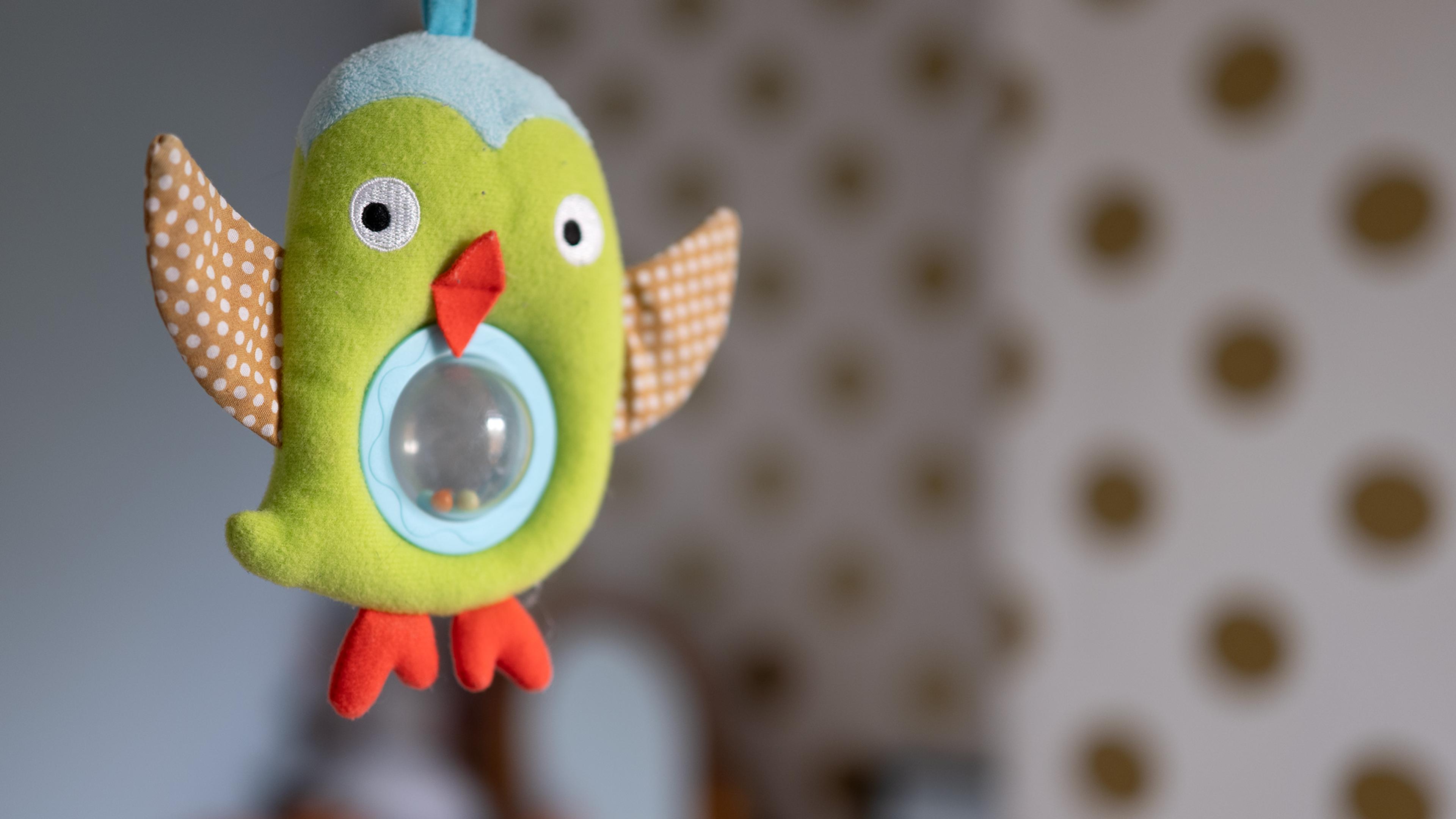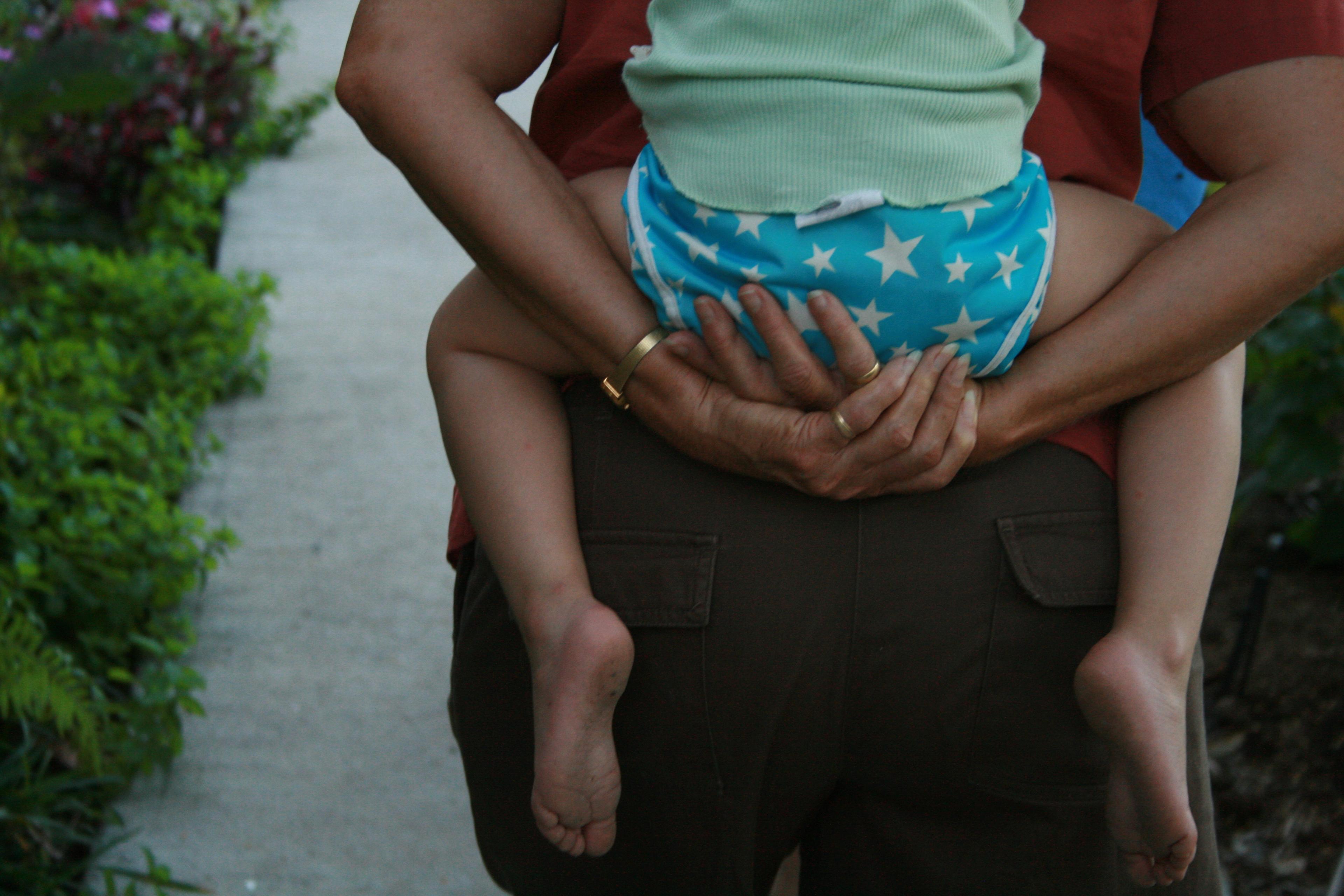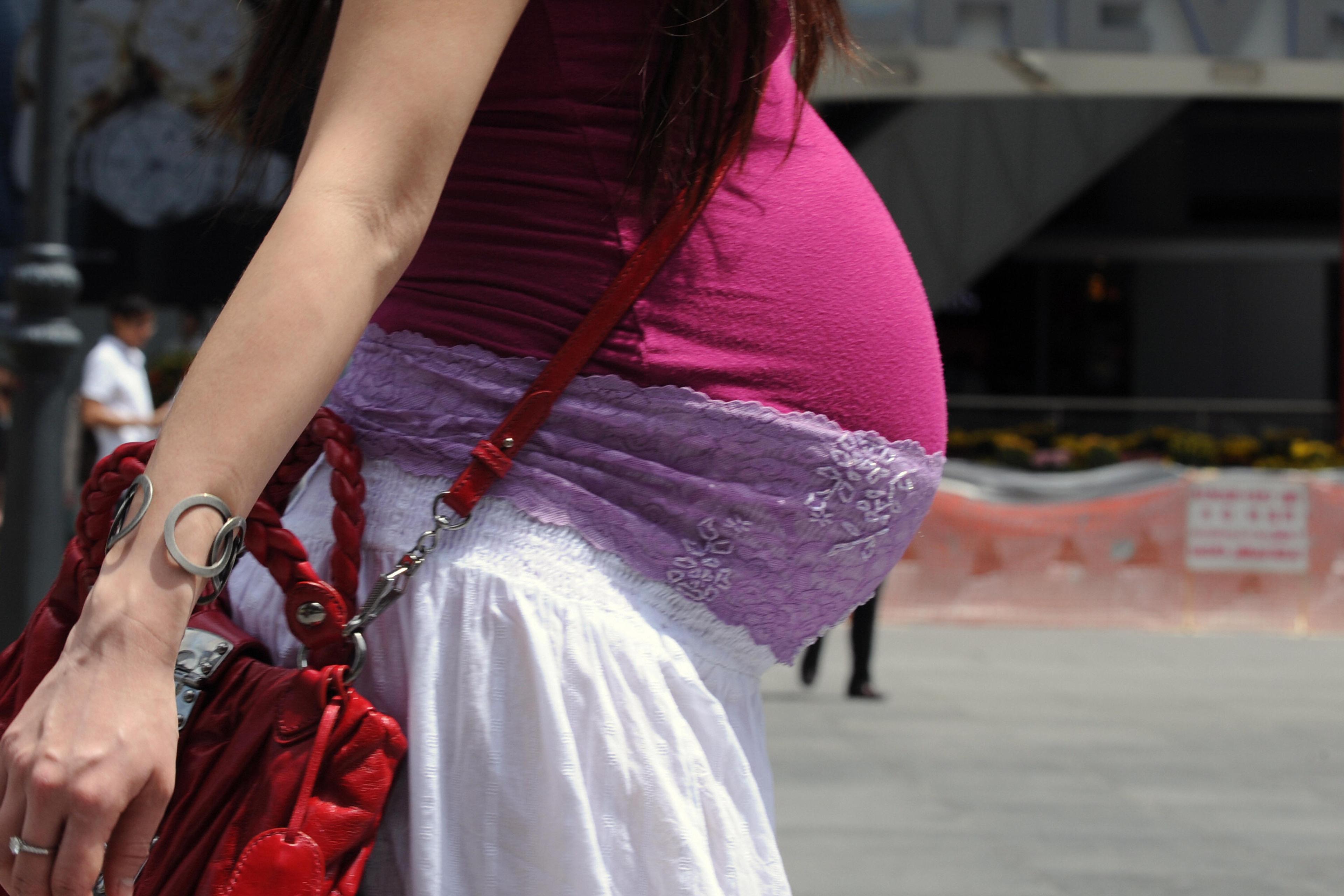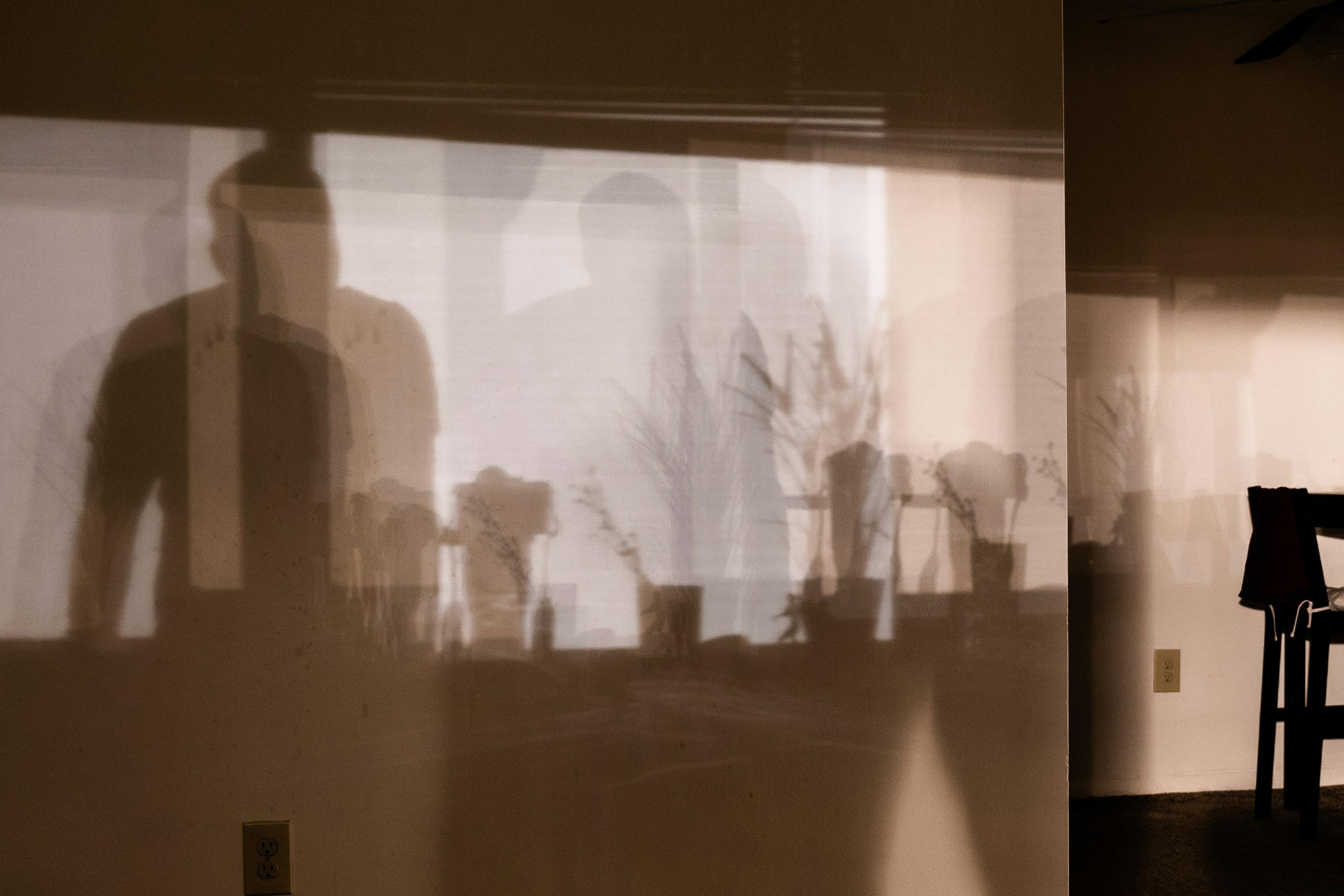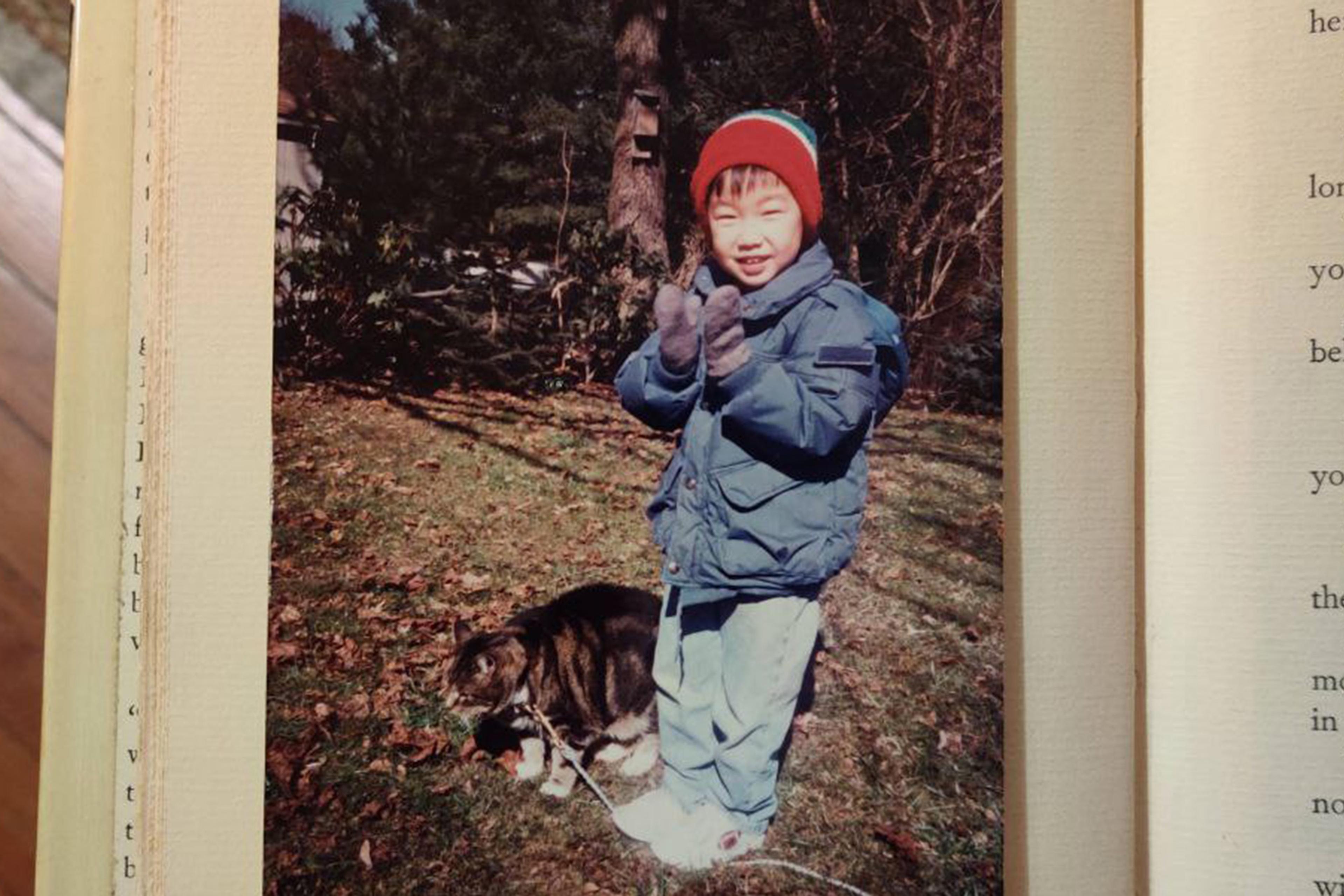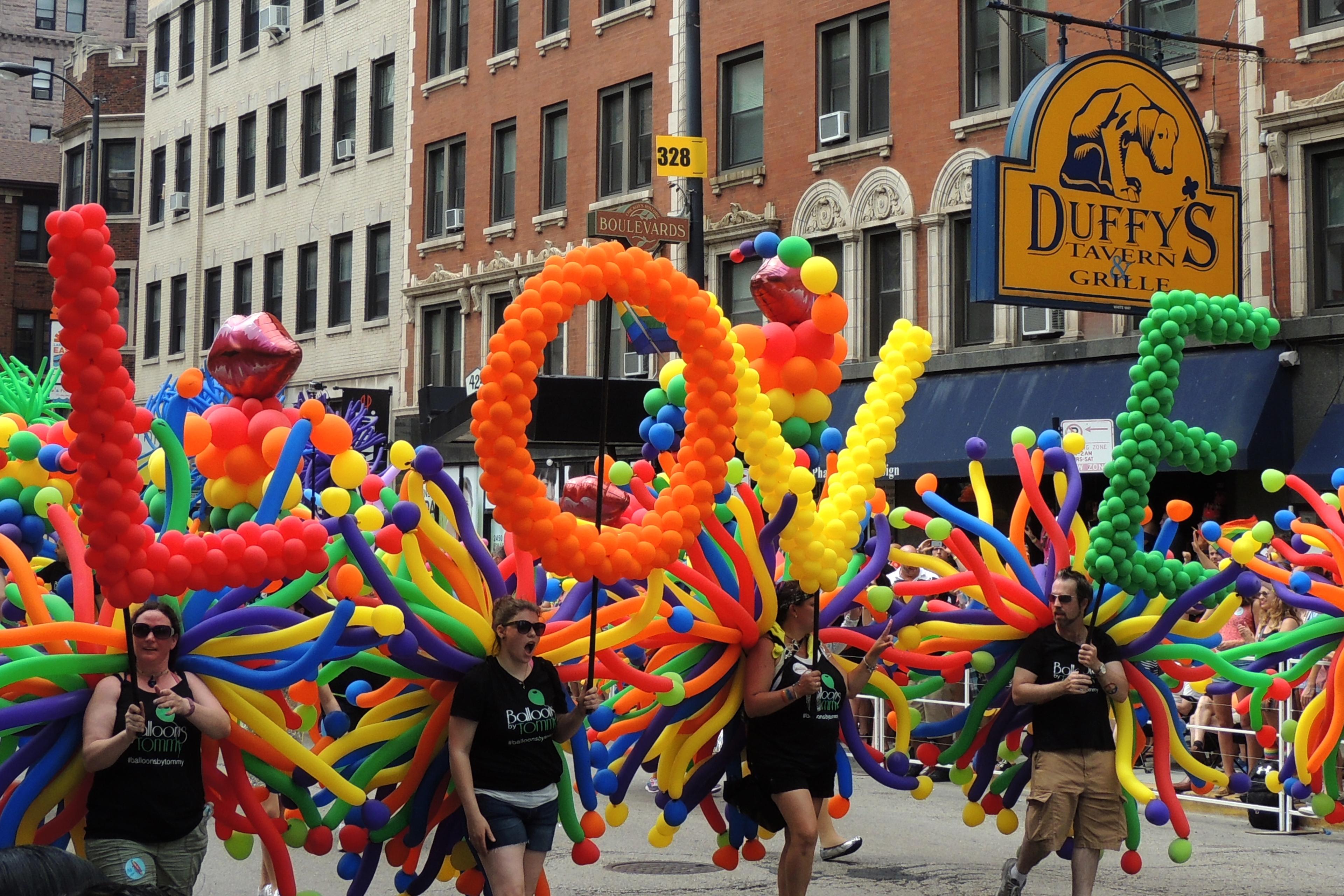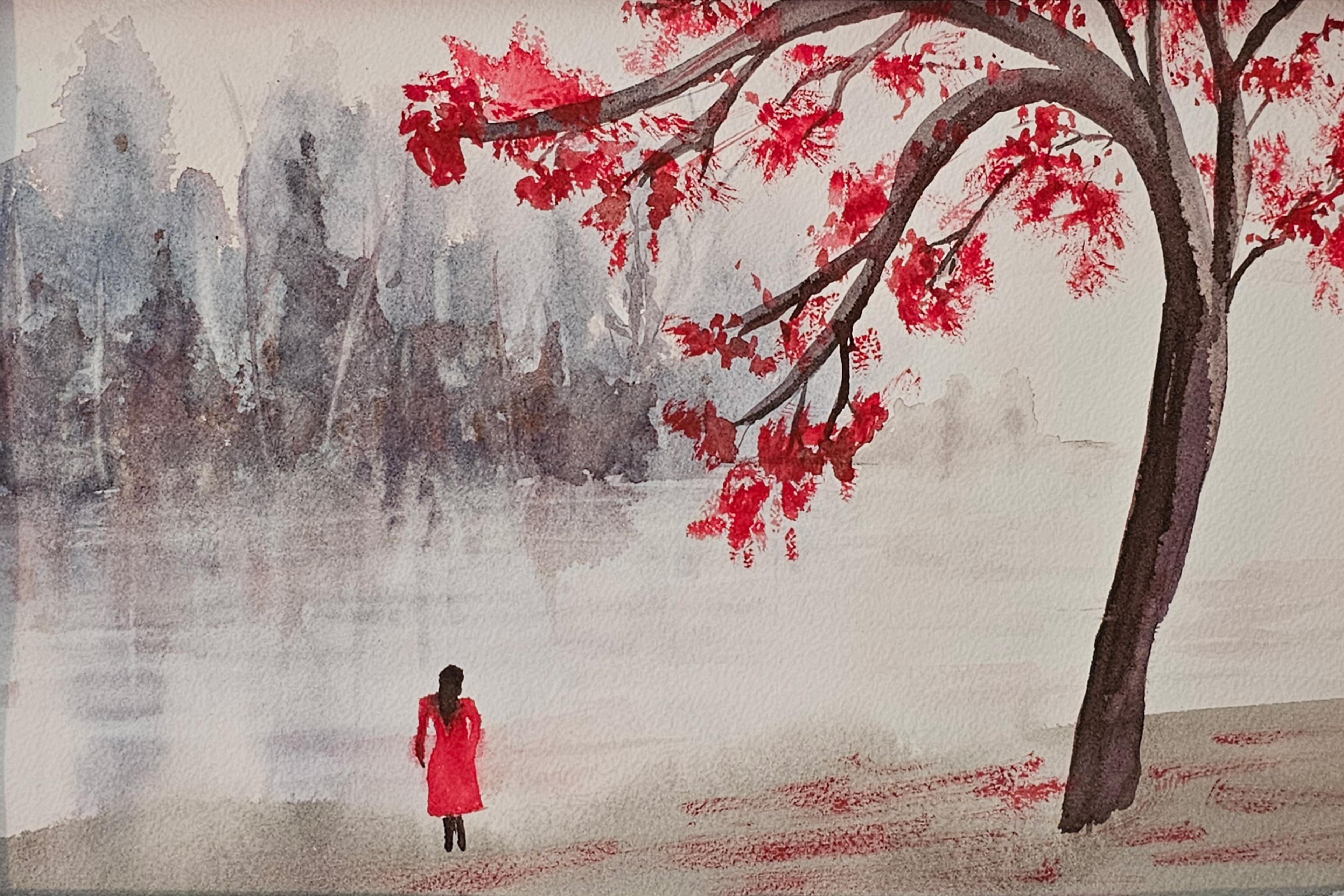This is a story about repetition. Which is to say my body has been pregnant four times. Which is to say I have been pregnant four times, though sometimes those things – my body, me – feel separate, like two sliding glass doors: sometimes aligning, sometimes not.
I do not, however, have four children.
Before we married, my husband and I talked about how many kids we wanted. We worded our sentences carefully – each of us using the word I, since we were not yet a we in the family-making sense. Not just one child, we agreed. I am the oldest of three girls, he the youngest of four boys; both of us belonged to tight-knit families with strong sibling bonds. At the time, I was maybe 23. These potential children belonged to the realm of daydreaming. They did not cause me to lose sleep at night.
I got pregnant easily, but I was anxious. Some women don’t fear pregnancy, believing – until proven otherwise – that it will work out. But I had grown up with a thorny rose bush in the corner of our garden. The roses are to remember the baby I miscarried, my mother told me. I remembered listening to my aunt and uncle, during our nighttime prayers, ask God to bring their son a little baby brother, a baby that never came. I watched my cousin be born on my birthday and die two weeks later of a heart defect.
At 10 weeks I started spotting blood. I wove through Chicago traffic, sobbing, trying to make an emergency ultrasound appointment. Even before my doctor pulled out the ultrasound wand, I had resigned myself to my fate. By the time she confirmed there was no heartbeat, I had no more tears to shed. I was numb.
When I got pregnant the second time, again very quickly, I held on all the way to 39 weeks. After a long and painful labour, I gave birth to our daughter. In those first few hours she did not yet have her own features – to me, she looked like every other newborn. And yet she was ours. The doctors did some tests on her and pronounced her fine. I held her, tiny and red and squalling; her heat radiated into my chest.
There is what we plan, and then there is what happens. Our world changes, and so do we; what we want changes, too. Really, it was my husband who changed his mind. She’s such a good sleeper, he said when our daughter was around two, and we’re still so tired all the time. Concerned also about the volatility of the environment and the world, he didn’t want to try for another child. I cried about it in therapy for weeks but when other people asked, I said: We changed our minds. I said we, we, we.
Logically I knew having another child requires enthusiastic yeses from every parent involved. And yet I felt we were robbing our child of a sibling – the kind of relationship that still gave my husband and me such joy and support. No one can make me laugh like my sisters; no one could make me cry like them, either; no one else understood the depths of that shared history. Always afraid to be the woman who wants too much, too visibly, I held that grief and anger – only now, writing this, do I realise I was angry – in my chest.
But I loved our three-person family, and how our world could expand as our daughter grew older, unconstrained by another child. I loved her independence, the way she would jump into bed and snuggle in between us in the mornings, shouting I’m the avocado, and you two are the bread. Over the years, I came to terms, as they say.
My heart grew three sizes, expanding for the child I now imagined again
Except that the summer our daughter was five, I discovered the hormones in my IUD were wrecking my hair, so I asked my husband to get a vasectomy. He paused. I thought he was going to bring up some excuse about not wanting the surgery, about the pain or the interference. Instead, he said: I just want to make sure we’re really done having children.
We were sitting at the kitchen table, the bright overhead lamp I hated shining down on us like we were on an operating table. He said this with no more expression or inflection than if he were saying, I just want to make sure we really have enough eggs for breakfast tomorrow.
She’s older now, he explained. Things were easier; he was feeling open to it.
The door I had been certain was shut forever suddenly reopened. My heart grew three sizes, expanding for the child I now imagined again. But then I was unsure. With my therapist, I listed pros and cons. (Pro: I’ve always wanted a larger family, for my child to have a sibling. Con: I worried my career would stall, just as it was picking up. Other women I knew juggled their babies and their careers, but I have bipolar I and ADHD and very little energy even under the best of circumstances.) After a while, my therapist pointed out that all my cons had to do with the first couple years of the potential child’s life, but the pros were life-long.
We decided to try. The second month, the pregnancy test came back positive. But the lines on subsequent tests didn’t get darker – a signal that the pregnancy hormone hCG might not be rising – and the next week I went to my doctor. The blood tests confirmed I was miscarrying again. Because I’d had a live birth in between my two miscarriages, my doctor wasn’t very worried. Just try again, she said.
Again, again, again.
The fourth time, it took me three months to get pregnant, longer than ever before. The whole pregnancy I worried, and yet my worry made me tell everyone. I wanted to celebrate this baby while it existed. I took a picture with my shirt up, my belly visible – though I was way too early for any sort of bump – in case this was the only photo.
At eight weeks, the speck of blood in my underwear catapulted me back to my first miscarriage: that feeling of doom, that spiralling night on miscarriage subReddits. The next day, my husband held my hand as the ultrasound tech inserted the wand inside me.
It’s too small, isn’t it, I said to the tech, watching the screen.
Yes, she said, gently. I’m so sorry.
The fetus had stopped growing two weeks earlier, only my body hadn’t known it.
I belong to the 1 per cent of people who experience recurrent pregnancy loss (RPL), a condition much less well-known than infertility. Many of us can get pregnant very easily, only to lose the pregnancy; some doctors suspect hyperfertility or superfertility, a condition in which our bodies are less ‘picky’ than normal, implanting embryos with no chance of survival. The number of miscarriages that people with RPL can have is shocking to the average person. On online forums, women list their numbers: six, eight, 12, 14.
It’s been a year since we began trying for a second child, and we have no answers
After I healed, my OBGYN conducted a lot of tests. When everything came back normal, she referred me to a fertility clinic and then one that specialised in RPL, for more tests, on me and my husband. My pelvis clenched before it was probed, my inner elbow anticipated each needle, dread and hope now embedded in my body. I’ve given enough blood to feed at least two vampires, I wrote glibly on social media. Secretly, I wanted something to be wrong so they could fix it. But everything came back fine. Like 50 per cent of such patients, my RPL is unexplained.
It’s been a year since we began trying for a second child, and we have no answers. How long should we keep going – how far? For infertility, there are several options that escalate in terms of cost, time and invasiveness. For patients with unexplained RPL, you can keep undergoing procedures, most not covered by insurance, to try to discover a cause. But in terms of options for getting pregnant? RPL patients can either keep trying on our own, or do IVF with genetic testing, in hopes of weeding out the embryos with chromosomal issues that are likely to miscarry.
There is so much uncertainty. While our insurance provides ample coverage for IVF, it doesn’t cover the genetic testing – which turns out to be no more effective in reducing the time it takes for RPL patients to have a live birth than continuing to try without assistance. And we worry about the impacts of the medications on my bipolar disorder and ADHD. My husband is 41: he worries about his age. I worry about how many losses I can take, the way this affects us, our family. Mostly I am tired: of sticking my arm out to be pricked, of sticking my heart out to be pierced. I do not know if this is my usual fatigue, or the progesterone suppositories I now have to take for half of my cycle, which look like white Jordan almonds and leak out of me all the next day.
There’s a world in which I would have given birth this February. There’s a world in which I would have given birth in July. In this world, I continue to get my blood drawn and pee on sticks and cross my fingers. But I will not keep doing this forever. I have a family already; our three-person unit has been enough before, and it can be enough again.
All those years, I thought my husband held the door closed to our second child. Then he opened it, and it turned out neither of us had control after all. I am waiting for change and the waiting changes me. The waiting room is the worst place to be, but here we sit, waiting to see if our number comes up, and what’s behind that door.
